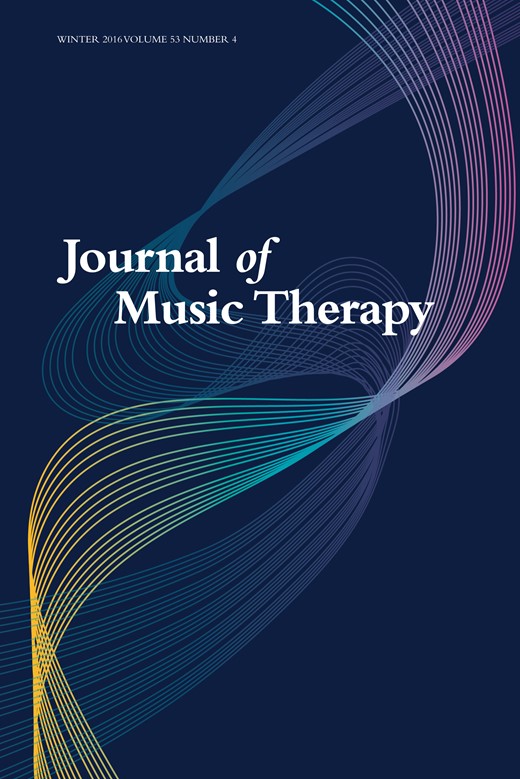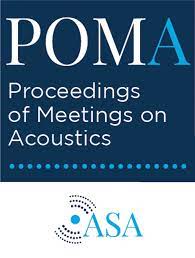To ensure that the music enrichment services we provide are backed by research, we constantly consult a variety of scientific sources. The following represent some of the resources we draw from on a regular basis.

During the years 2020-2021 we’ve conducted an internal test of brain rhythms stimulation in patients during neuro feedback method correction. The group is composed of dozens patiants both men and women with ages from 19 to 61.
The results were obtained from our own experience of working with patients during the course of neurofeedback according to the generally accepted Theta, Alpha, SMR and Beta protocols.
Percentage increase of brain formalized rhythms (under the influence of stimulation) was found; herewith combined stimulation effect was higher than stimulating by each factor separately. Brain structures combined stimulation leads to formed brain rhythms percentage increasing as follows:
* The results are not used for full scientific work, and only justify our initial goals.
Without going into exact statistics, the following is visible simply by the “naked eye”: Efficiency of rhythm activation by means of combined influence of both musical and audio frequency stimulation is noticeably higher than with the influence of each of these factors separately.
In other words, preliminary results confirm our assumptions about the high efficiency of the two factors combined effect.






